For over 75 years, the Aerospace Industries Association has developed National Aerospace Standards that have shaped our industry, enabled innovation, and most importantly, kept both our workforce and our government customers – the brave people who defend our nation – safe.
The safety of our over 2 million workers and the safety of our government customers, including the warfighter, remains the industry’s top priority. But as A&D continues to innovate, AIA must develop and amend standards to better support our industry and its customers, the environment, and our workforce.
First developed in 1993, the Hazardous Materials Management Program (NAS411), acts as a resource for companies to design a customizable plan to manage and mitigate risk related to hazardous materials (HAZMAT) that may be contained in defense products (e.g., lead or cadmium), and required for their proper operations and maintenance. NAS411 plans and guidelines are used across defense sector to ensure product safety for our industry’s defense customers, while limiting HAZMAT impacts on the environment over the product lifecycles. The reduction in HAZMAT risk also amply serves the industry’s goals in promoting the wellbeing of aerospace and defense workers, by reducing risks in defense product development and support activities. Thus, not only does NAS411 help ensure our products are safe for the warfighters and environment, but also serve to promote a healthy A&D employees workforce and our environment.
To ensure our industry’s keeps pace ever-evolving technological advancements and knowledge, AIA partnered with the US Department of Defense to release a new, fourth revision of NAS411. The latest update is designed to be integrated with other defense product-related safety requirements, including the use of the Hazardous Materials Target List (NAS411-1), a common list of HAZMAT substances subject to both risk management and reporting requirements, concurrently published as revision 2.
Along with the industry’s advancing technology, the update of NAS411-1 also represents a major step in A&D’s digital transformation. For the first time, the list of HAZMAT also be provided in a Systems Modeling Language (SysML) file, a streamlined format that integrates with model-based systems engineering applications. With standards of high importance like NAS411 and NAS411-1, this digital format of HMTL allows engineers to utilize innovative approaches to identify, assess and facilitate HAZMAT risk mitigation plans.
As the A&D industry develops new technologies, the National Aerospace Standards will continue to serve as the heart of our industry’s products, providing guidelines and requirements to ensure the safety and security of our industry’s products and their users, our workforce and our country – through and beyond the COVID-19 pandemic. To learn more about National Aerospace Standards, visit www.aia-nas.org.

